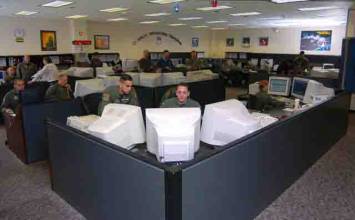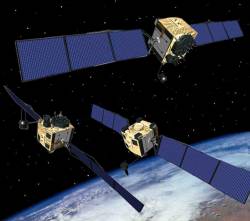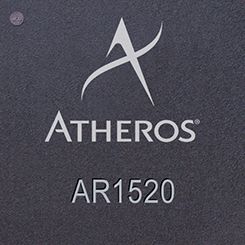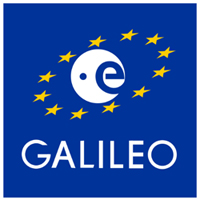USCG Publishes Loran-C Termination; DHS Says Not Needed for GPS Backup
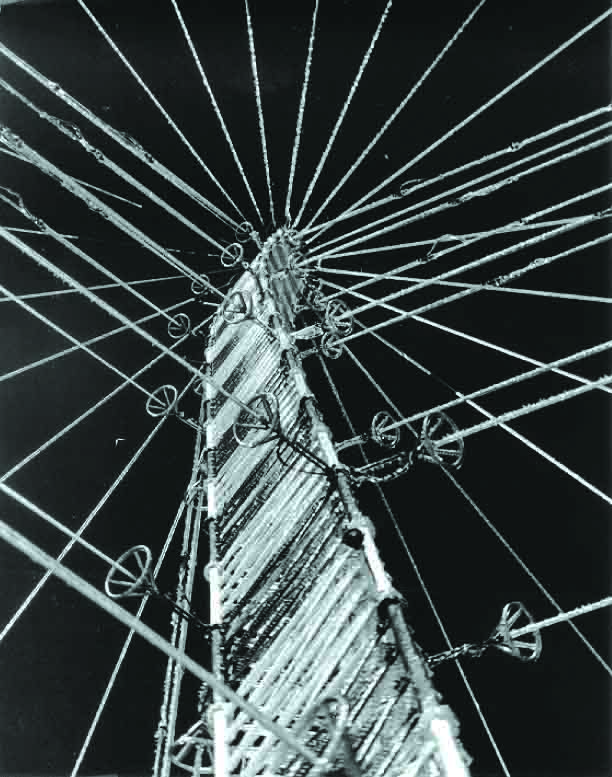 Loran on ice
Loran on ice(UPDATED January 7, January 12) The U.S. Coast Guard (USCG) posted a notice in the Federal Register on January 7 certifying that termination of the Loran-C signal will not adversely affect the safety of maritime navigation and that decommission will begin on February 8 with all Loran stations expected to cease transmitting the Loran-C signal by October 1, 2010.
Meanwhile, the Department of Homeland Security has certified that the Loran-C system infrastructure is not needed as a backup to the GPS system or to meet any other federal navigation requirement.
By Inside GNSS




